Women Artists Breaking Barriers
- MerriJane Morrison
- Apr 12, 2021
- 3 min read
I recently read an article about women artists who were over shadowed by their famous husbands. From Flavorwire's article titled Ten Female Abstract Expressionists You Should Know, female abstract expressionists adopted pseudonyms, positioning their work as genderless — often leading to deeply personal conflicts with their roles as women, artists, and occasionally, the wives of the movement’s most celebrated figures. Few were accepted into the circle of men, and most weren’t recognized until their deaths. Members of a group of women abstract expressionist artists, #NinthStreetWomen, Elaine De Kooning, Lee Krasner and Grace Hartigan, made contributions essential to the movement and their struggle for legitimacy paved the way for women in the arts.
Elaine De Kooning.
De Kooning broke the rules by painting men, she was quoted in 1987 saying " men always painted the opposite sex, and I wanted to paint men as sex objects". She describes painting as a verb not a noun. She sacrificed her own career for her husband William De Kooning's career who was the leading Abstract Expressionist of the 20th century. Elaine De Kooning reinvented the modern portrait by using figuration with Abstract Expressionism. “She wanted painting and abstract qualities to merge with the figures.” She was asked to do the portrait of John F. Kennedy in 1962.
Lee Krasner
"I was not in a position to say I will not continue painting or I will continue painting...I am preoccupied with trying to know myself in order to communicate with others. Painting is not separate from life. It is one. It is like asking - do you want to live? My answer is yes- and I paint." "I happen to be Mrs. Jackson Pollock and that's a mouthful. The only thing I haven't had against me was being black. I was a woman, Jewish, a widow, a damn good painter, thank you, and a little too independent." "Survivor. Yes, I think thats what counts in the end. But I didn't need The Feminine Mystique to get me off the ground... Let me say the women's revolution is the only real revolution of our time." "When I am painting, and this is a heroic task, the question of male or female is irrelevant. Naturally I am a woman. I do not conceive of painting in a fragmented sense."
I first saw one of Lee Krasner's paintings at the Whitney Museum back in 2016, the boldness and movement in her painting spoke to me in a very emotional way.
Grace Hartigan
Grace Hartigan is one of the most renowned artists of the second generation New York School, a group of artists who expanded upon the innovative experiments in art initiated by the Abstract Expressionists. Although Hartigan built her early career upon complete abstraction, in the mid-1950s she began to introduce figurative and biographical elements in her work. George Hartigan was actually the masculine pseudonym she adopted
in the early 1950s, possibly, to confuse gender identification as people eyed her large, gestural canvases. Now over a decade since her death, Hartigan might still benefit from being perceived as George in order to get the prices of her male peers, who have chiefly represented this nonrepresentational style until recently.
The predominantly male, hard-drinking action painters who have come to embody Abstract Expressionism with their maleness and heroic machismo spirit define the expansive, gestural paintings of this mid-20th-century American movement. It's not surprising that women Abstract Expressionist painters have been undervalued in the art market—despite playing active roles and pioneering new techniques. As curators and academics devote more exhibitions and books to these female painters, collectors are taking note. The development is part of a larger trend to give historic female artists their due, while also an opportunity to invest in more affordable artists. The last decade has seen a flurry of projects correcting the historic record for this movement,
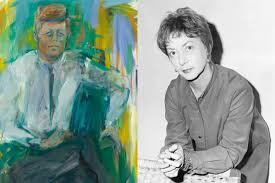

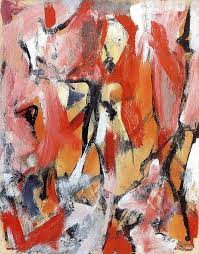

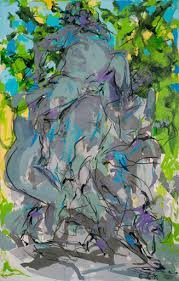
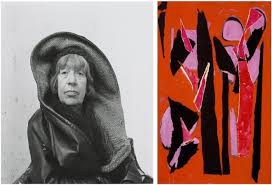
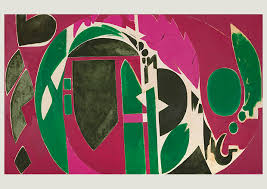


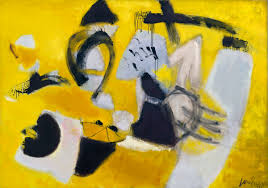
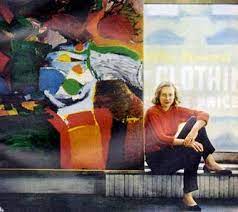

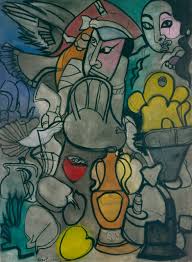
ความคิดเห็น